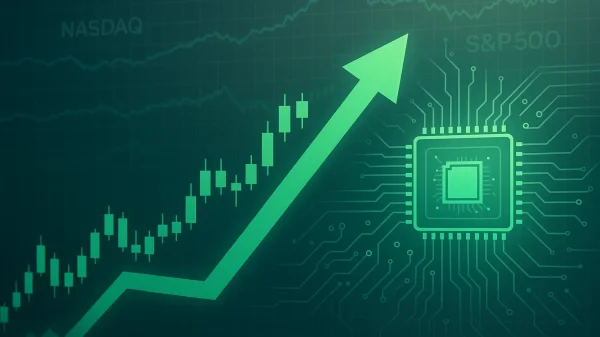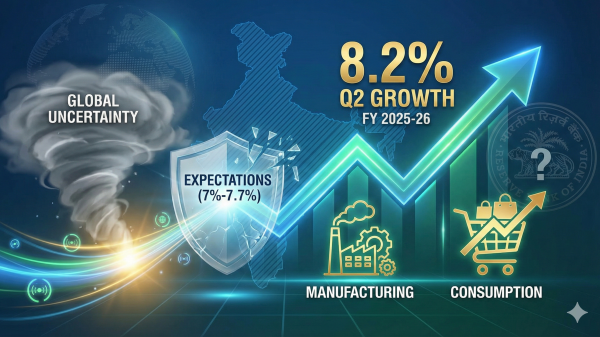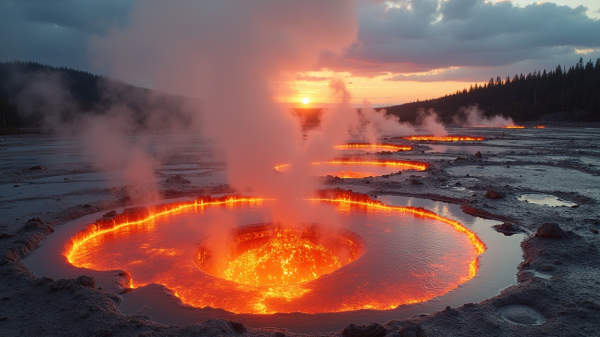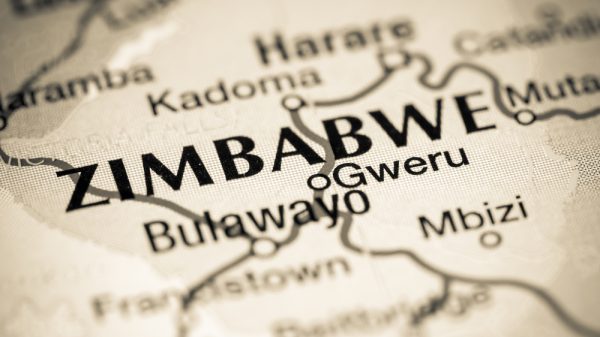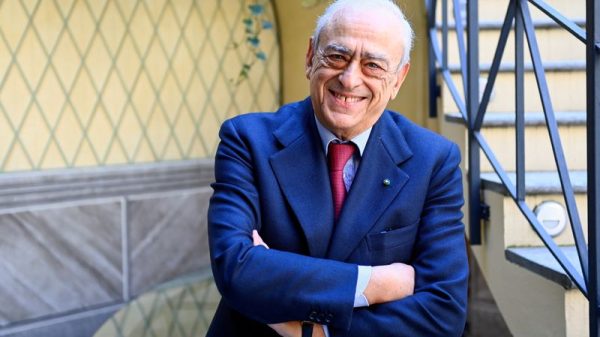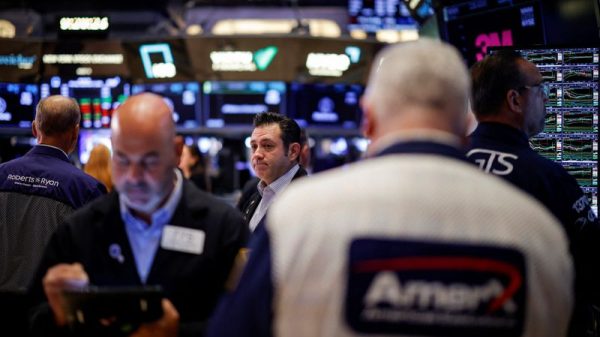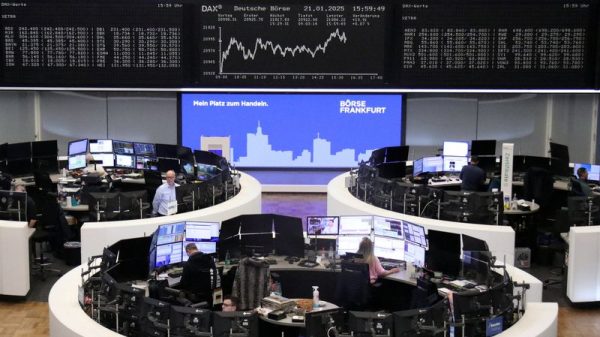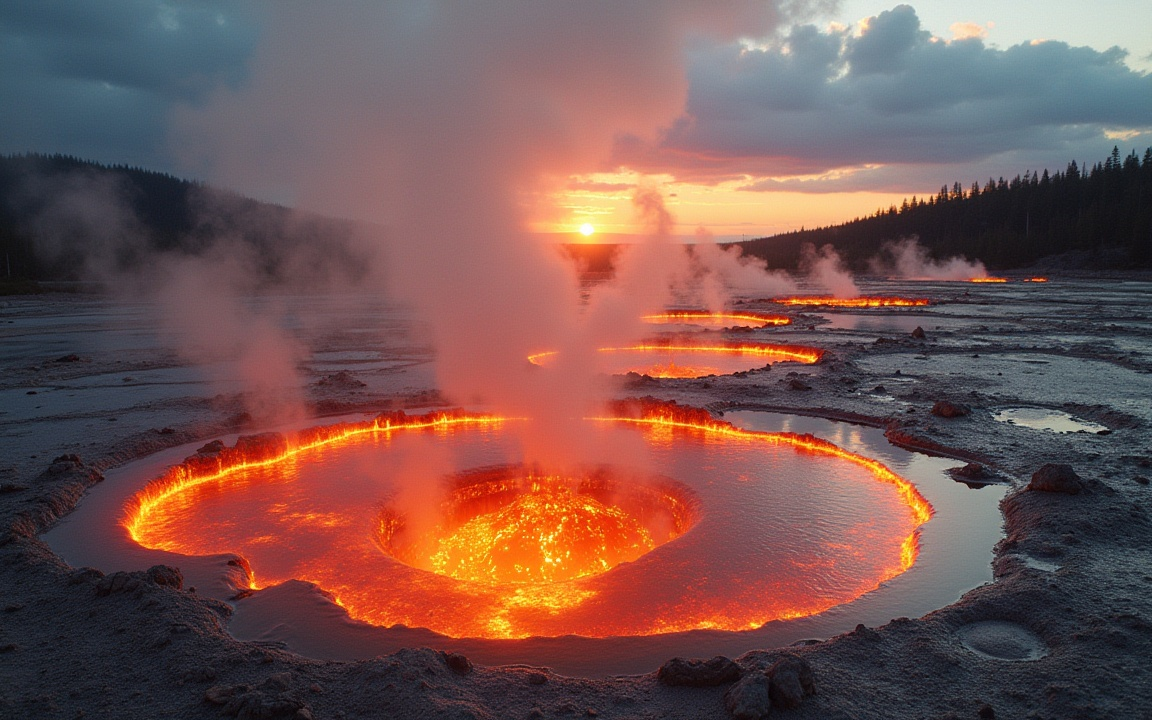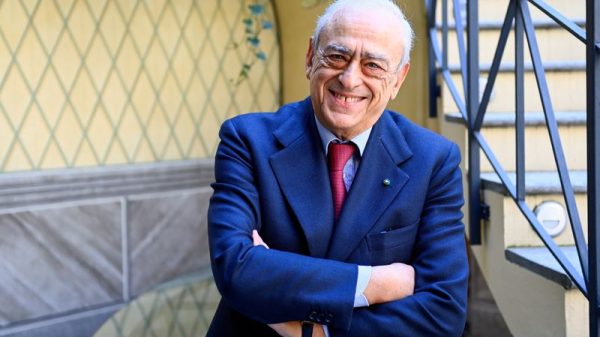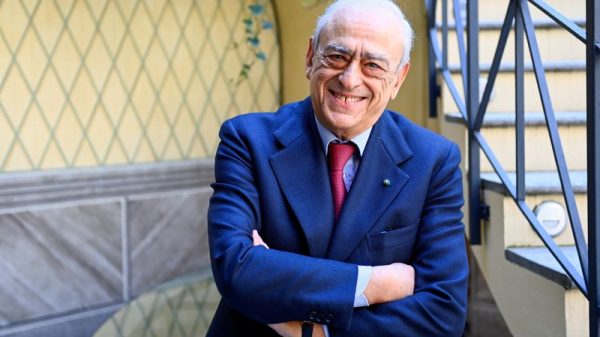Global investment in geothermal energy is set to soar, with capital expenditure (capex) projected to climb by approximately 20% annually through 2030, according to the latest analysis from Rystad Energy.
The growing momentum in geothermal energy, which harnesses heat from the earth’s depths, is expanding its reach beyond established centers in Southeast Asia and the US.
A gradual increase in interest across new regions, particularly in Africa and Europe, is steadily diversifying global activity.
Despite this expansion, the allocation of expenditure across development phases—including drilling, surface facilities, and steamfield infrastructure—remains consistent, reflecting stable cost structures.
Investment allocations and key risks
“In the US, growth is being driven by the expansion of enhanced geothermal systems (EGS) and rising demand for baseload power from data centers,” Alexandra Gerken, vice president, new energies analysis, Rystad Energy, said in the report.
Europe, on the other hand, is focusing on decarbonizing heat, while Southeast Asia is turning to geothermal to meet growing electricity demand.
Total current spending is distributed as follows: just over half is allocated to surface facilities, an estimated 47% goes toward subsurface work, and approximately 2% is directed to pre-final investment decision (FID) activities, according to Rystad’s estimates.
This cost structure is a defining feature of geothermal development, as its distribution remains broadly consistent across most markets.
Even though the share allocated to pre-Final Investment Decision (FID) work is relatively small, it represents a significant risk because early exploration is the deciding factor in whether a project proceeds or is stopped entirely.
The consistent nature of project timelines and financing requirements across different regions is attributable to the uniform distribution of costs, despite an overall increase in activity.
“The sector’s longer-term potential in cooling applications is growing as well, a market set to expand alongside global data center activity that’s less considered,” Gerken said.
Diverse regional deployment patterns
Geothermal deployment patterns vary significantly by continent.
Europe primarily focuses on district heating, driven by strong decarbonisation goals and established municipal heating infrastructure, leading to a market emphasis on subsurface development despite lower surface infrastructure costs.
Conversely, Asia (especially Indonesia) and North America concentrate on electricity generation from geothermal sources, reflecting their high demand for baseload power and rich geological resources.
This difference in focus influences investment patterns and the balance of demand between drilling and surface power facilities, with Asia and North America showing a more even distribution than Europe.
“Beyond regional deployment differences, geothermal energy’s role as a clean, reliable source of baseload power is gaining importance,” Rystad Energy said in the report.
Enhanced Geothermal Systems (EGS) technology broadens the potential for clean power generation and offers stable baseload heat because it only requires hot rock, reducing reliance on natural aquifers.
Beyond power and heat, EGS also holds long-term promise for cooling applications.
For instance, pilot projects are underway in the Middle East to explore its use in data centers, including the UAE’s G2COOL project, which is the country’s first geothermal cooling plant.
Rystad Energy conducted additional research using a bottom-up methodology to analyse individual geothermal assets.
This approach focuses on the specific cost elements of each asset, such as drilling, equipment, and surface infrastructure, instead of concentrating on overall project costs or subsurface development.
Cost metrics
Geothermal projects are typically employed for either district heating or power generation.
Notably, geothermal energy is a key resource for providing clean baseload power, offering a constant and dependable energy supply.
Investment costs for energy projects are frequently measured in “dollars per watt,” reflecting the capital needed to generate a single watt of energy.
Based on this metric, district heating projects are typically about half the investment of geothermal power plants.
This significant cost difference stems from the fact that heating systems do not require expensive turbine sets or the complex surface infrastructure necessary for electricity generation.
Consequently, geothermal power projects, with their more extensive facilities and intricate designs, cost roughly $6 per watt, compared to approximately $3 per watt for district heating.
“These cost differences are important for policymakers, investors, and developers when assessing project feasibility, choosing technologies, and planning long-term geothermal development,” Rystad said.
Understanding these relative costs helps guide decisions on which projects to prioritize and how to maximize the value of geothermal resources.
The post Global geothermal investment set to soar 20% annually through 2030, driven by regional demand appeared first on Invezz





